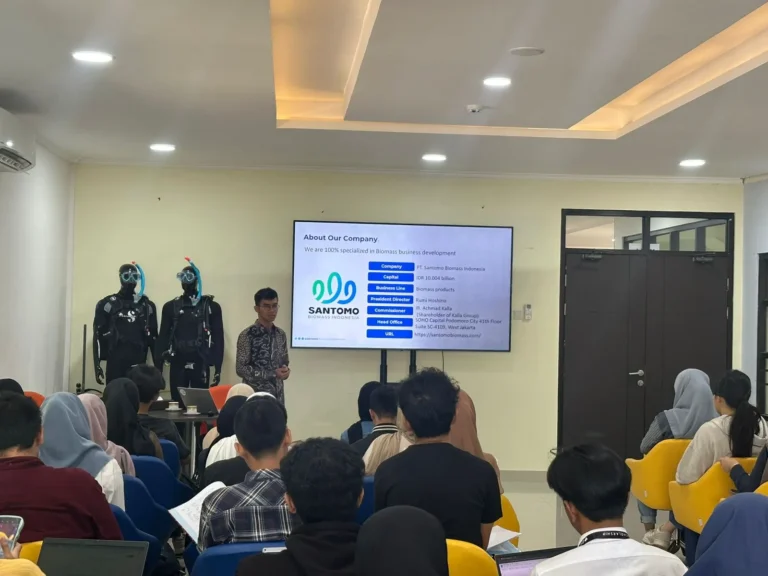As the world intensifies efforts to combat climate change, wood pellets have emerged as a reliable and sustainable biomass fuel. Derived from compacted wood residues such as sawdust, wood shavings, and forestry by-products, wood pellets offer a cleaner alternative to coal for energy production. This article explores the role of wood pellets in reducing greenhouse gas (GHG) emissions and their potential to replace coal in the global energy mix.
What Are Wood Pellets?
Wood pellets are a type of biomass fuel created through the compression of dried wood materials into small, dense pellets. These are widely used in heating systems, industrial boilers, and power plants. Their uniform size and high energy density make them easy to transport and burn efficiently, making them an attractive fuel option for renewable energy generation
Environmental Benefits of Wood Pellets
- Reduction in Carbon Emissions
When burned, wood pellets release carbon dioxide. However, this carbon is considered part of the natural carbon cycle, as trees absorb CO₂ during their growth. Studies show that wood pellets can reduce lifecycle emissions by up to 85% compared to coal - Sustainable Sourcing
Wood pellets are typically made from forestry residues or sawmill by-products, minimizing waste. Sustainable forestry certifications, such as FSC and PEFC, ensure that pellet production does not lead to deforestation or harm ecosystems - Lower Sulfur Emissions
Unlike coal, wood pellets produce negligible sulfur dioxide (SO₂) emissions, which are a major cause of acid rain. This makes them a cleaner alternative for both the environment and public health
Economic and Operational Advantages - Compatibility with Coal Infrastructure
One of the most significant advantages of wood pellets is their ability to replace coal in existing power plants with minimal retrofitting. This allows for a quicker and more cost-effective transition to renewable energy - Local Economic Benefits
The wood pellet industry supports local economies by creating jobs in forestry, pellet production, and transportation. Regions with abundant forestry resources, such as Southeast Asia and North America, have seen significant economic growth linked to pellet production - Reliable Energy Supply
Unlike intermittent energy sources like wind and solar, wood pellets provide consistent energy, ensuring grid stability. They are particularly valuable during peak demand periods or in regions with limited renewable energy options
Challenges and Solutions
- Environmental Concerns in Production
While the combustion of wood pellets is cleaner, the production process—including drying and transportation—can generate emissions. Optimizing logistics and using renewable energy in pellet production facilities can mitigate these concerns - Global Demand and Supply Chain Management
As demand for wood pellets rises, ensuring sustainable sourcing becomes crucial. Regulatory frameworks, such as the European Union’s Renewable Energy Directive II (RED II), promote responsible pellet production and limit environmental impacts - Transportation Emmisions
The global trade of wood pellets can result in a larger carbon footprint due to transportation. Encouraging regional production and local use can address this issue
Replacing coal with wood pellets in power generation can play a critical role in achieving global climate targets. Countries like the UK, Japan, and South Korea are already using wood pellets as part of their renewable energy strategies. For example, the Drax Power Station in the UK has transitioned several units from coal to biomass, reducing its carbon footprint significantly.
Conclusion
Wood pellets represent a scalable and sustainable solution to reducing greenhouse gas emissions. Their ability to integrate seamlessly into existing energy infrastructure, coupled with their environmental and economic benefits, positions them as a vital component of the global shift to renewable energy. However, ensuring the sustainability of pellet production and addressing logistical challenges will be key to their long-term success.



